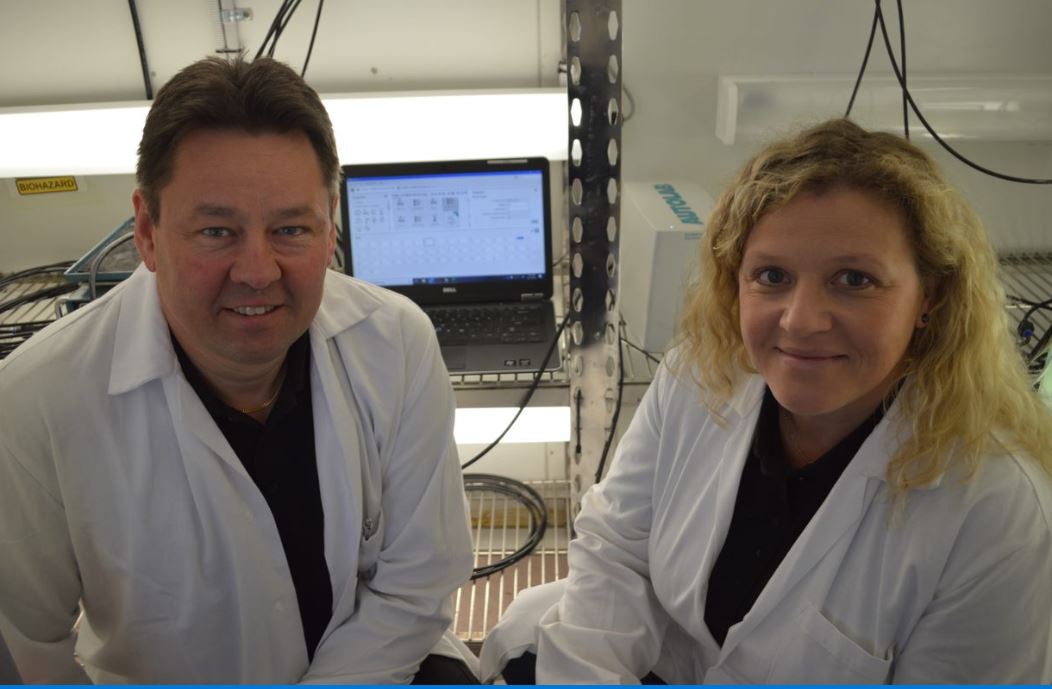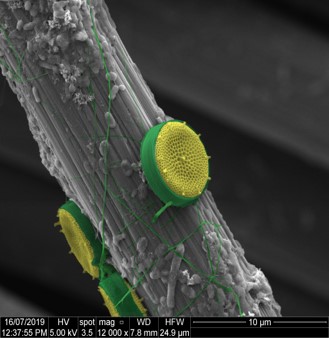
Unwanted organisms transported by sea present Australia and other countries with biofouling and environmental problems that cost marine industries billions of dollars to eliminate.
Flinders University researchers have received a $150,000 State Government grant to develop and test new state-of-the-art coatings to prevent the growth of such bio-contaminants.
The Defence Innovation Partnership grant, with partners at ASC, Defence and the University of Adelaide, will focus on delivering electrically conducting carbon-based coatings to prevent the growth of unwanted organisms on marine surfaces.
Project leaders Professor Mats Andersson and Associate Professor Sophie Leterme, who lead a research group called the Flinders Biofilm Research and Innovation Consortium (or BRIC), say maritime industry and naval ships and submarines also have a problem with buildup of marine organisms on hulls and other surfaces.
“Unwanted marine organisms grow on all surfaces and environments immersed in seawater,” they say. “A fully developed biofouling community can, after just several months growing on an unprotected vessel, cause up to 40% more fuel consumption due to additional hull drag and poor manoeurvrability.”
Underwater coatings for the prevention of such marine growth include low surface energy fouling release coatings or anti-fouling paints, which contain slow-release biocides.
The new project will focus on better environmental and anti-fouling techniques to protect vessels and harbors and marinas in more sustainable ways.
The new coatings will be tested in seawater, with DNA testing of marine organisms to test the results. Over more than four years, Flinders University researchers have developed the chemically engineered carbon-based coating to draw copper ions from sea water and then release them using electrical pulses.

The image, above, by Flinders nanotechnology researcher Dr Sait Elmas, in antifouling and electrochemical specialist, and Karuna Skipper show bacteria biofilm and extracellular polymeric substances fouling a carbon fibre.







